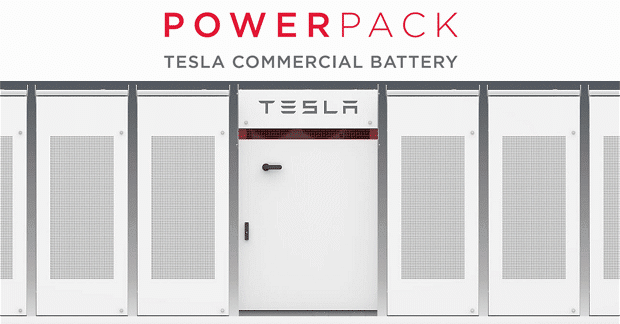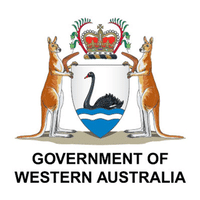The Western Australian government is investing in a Tesla Powerpack battery to help Mandurah residents store excess solar power.
A 12-month community storage trial will allow Western Power and Synergy customers to ‘bank’ excess solar power for later use.
For $1 per day, customers will access 8 kWh of PowerBank storage for use after 3pm.
The $200,000, 420 kWh battery is owned and operated by Western Power and Synergy. Recruitment for the trial began October 17.
First of its kind battery storage trial
Energy Minister Ben Wyatt said this is the first time a utility-size battery has been used in an established suburb such as Mandurah, which is 72 kilometres south of Perth.

“PowerBank is an ‘in front of the meter’ storage trial, which allows invited local customers to store excess electricity from already installed solar PV systems to then use it during peak times,” Wyatt said.
Rather than selling excess energy back to the grid, consumers can choose to use a community power bank or install their own solar battery storage systems. In effect, they make ‘withdrawals’ when their solar system needs topping up.
Value of battery storage to the electricity grid
One of the problems with renewable energy is its intermittency: it’s not always sunny or windy. This means a back up power source is needed.
Batteries are one way of doing this, and a much-publicised example comes from South Australia.
The Tesla battery at the Hornsdale Power Reserve in SA became active last year. According to an Australian Energy Market Operator (AEMO) report, the battery:
- Made $13 million in revenue in the first 6 months of operation for the Hornsdale Power Reserve. Nearly $11 million of this was from sales and the rest from the SA government for reserve power.
- Saved the government $33 million through super-fast stabilisation of the grid.
- Helped prevent blackouts in SA from occurring.
- Contributed to a 57% drop in the cost of stabilising grid voltage.
No PowerBank? A home battery can store excess solar power
For those residents without access to a PowerBank-type scheme, the alternative is to install a home battery.
Brands like sonnen and Enphase offer scalable banks from as small as 1.2 kWh. A battery of this size is ideal for people with limited energy needs.
However, it is possible to build up to 16 kWh with sonnen batteries. In addition, Tesla’s Powerwall 2 comes in a standard 13.5 kWh size.













































